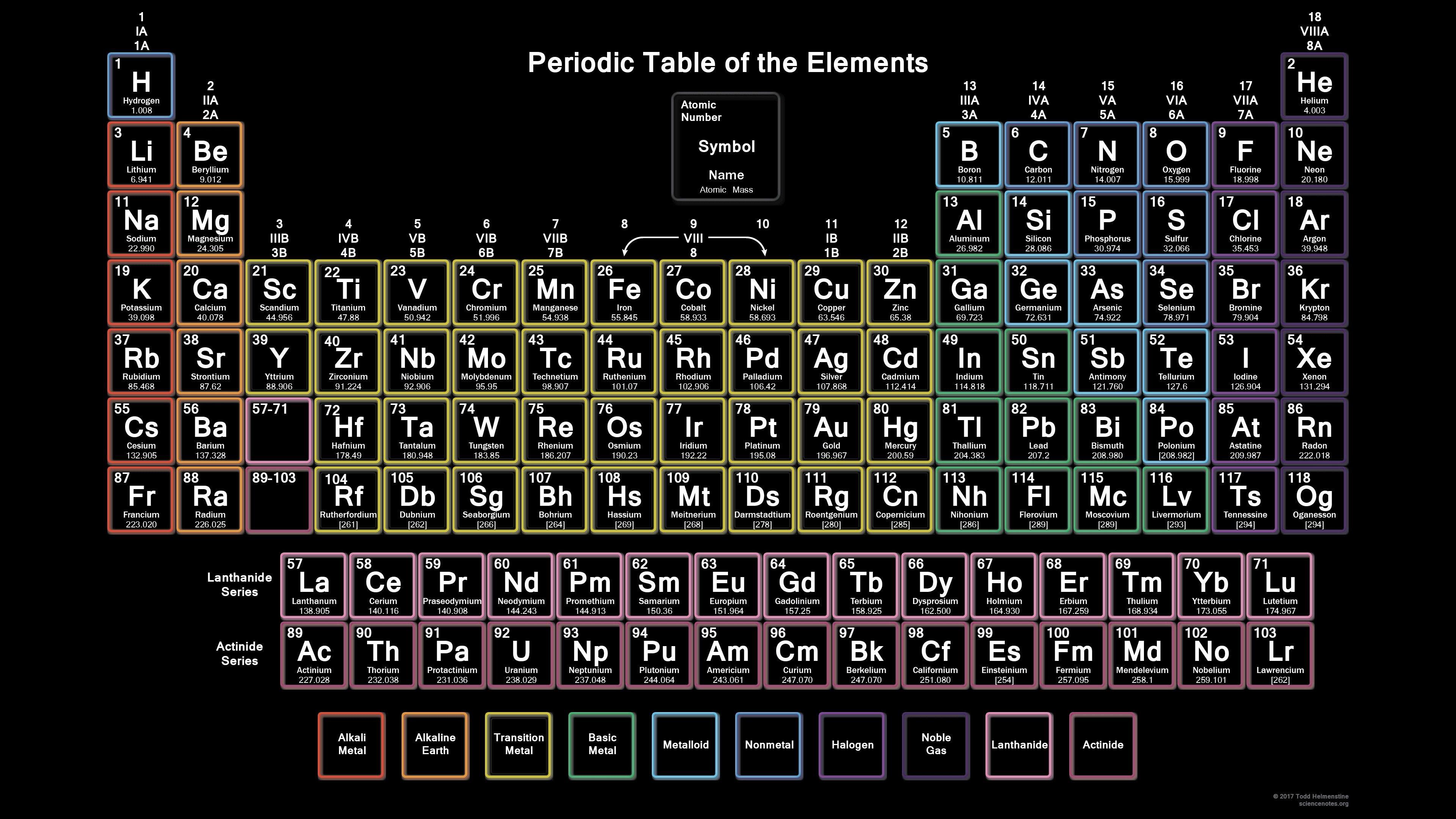

de Chancourtois proposed a classification of the elements based on the new values of atomic weights given by Stanislao Cannizzaro’s system of 1858. Cooke expanded Döbereiner’s suggestions between 18 by showing that similar relationships extended further than the triads of elements, fluorine being added to the halogens and magnesium to the alkaline-earth metals, while oxygen, sulfur, selenium, and tellurium were classed as one family and nitrogen, phosphorus, arsenic, antimony, and bismuth as another family of elements.ġ18 Names and Symbols of the Periodic Table QuizĪttempts were later made to show that the atomic weights of the elements could be expressed by an arithmetic function, and in 1862 A.-E.-B. Döbereiner in 1817 showed that the combining weight, meaning atomic weight, of strontium lies midway between those of calcium and barium, and some years later he showed that other such “ triads” exist (chlorine, bromine, and iodine and lithium, sodium, and potassium ). In fact, no general agreement had been reached among chemists as to the classification of elements for nearly half a century after the systems of classification of compounds had become established in general use. Relationships were discerned more readily among the compounds than among the elements it thus occurred that the classification of elements lagged many years behind that of compounds. This rapid expansion of chemical knowledge soon necessitated classification, for on the classification of chemical knowledge are based not only the systematized literature of chemistry but also the laboratory arts by which chemistry is passed on as a living science from one generation of chemists to another. The early years of the 19th century witnessed a rapid development in analytical chemistry-the art of distinguishing different chemical substances-and the consequent building up of a vast body of knowledge of the chemical and physical properties of both elements and compounds.
/PeriodicTableEnegativity-56a12c955f9b58b7d0bcc69d.png)
SpaceNext50 Britannica presents SpaceNext50, From the race to the Moon to space stewardship, we explore a wide range of subjects that feed our curiosity about space!.Learn about the major environmental problems facing our planet and what can be done about them!


Periodic table of elements how to#


 0 kommentar(er)
0 kommentar(er)
